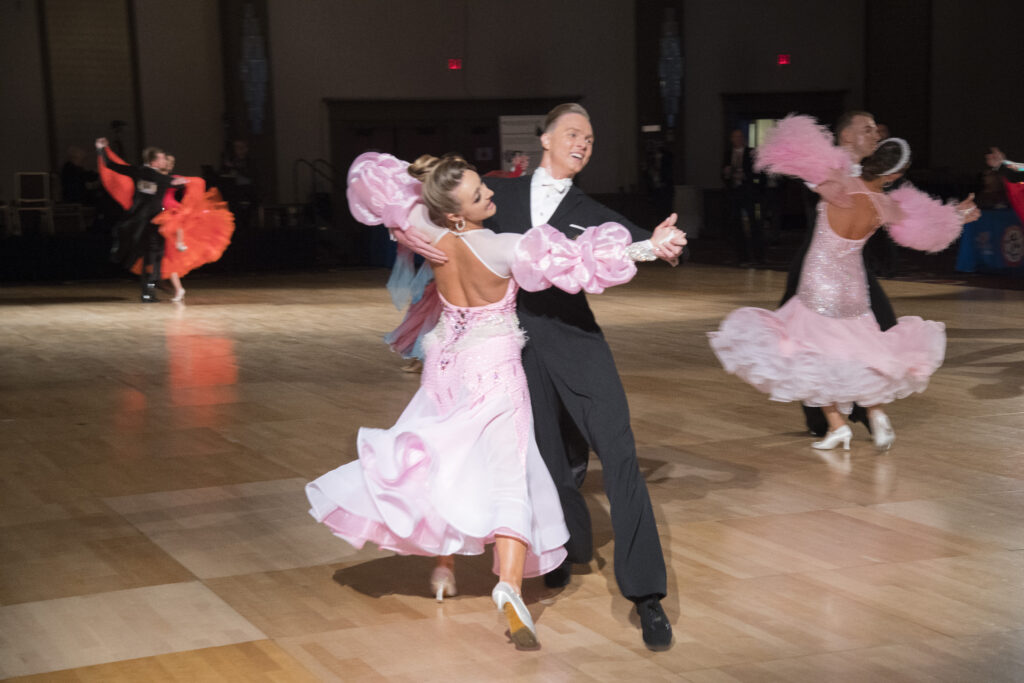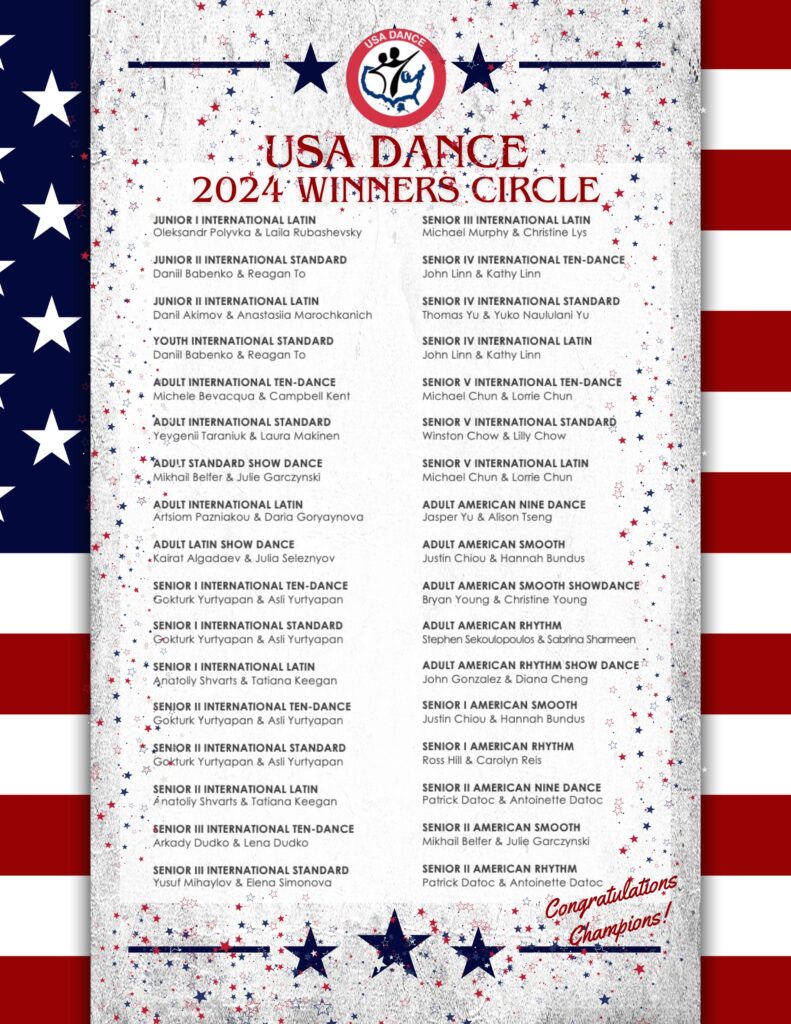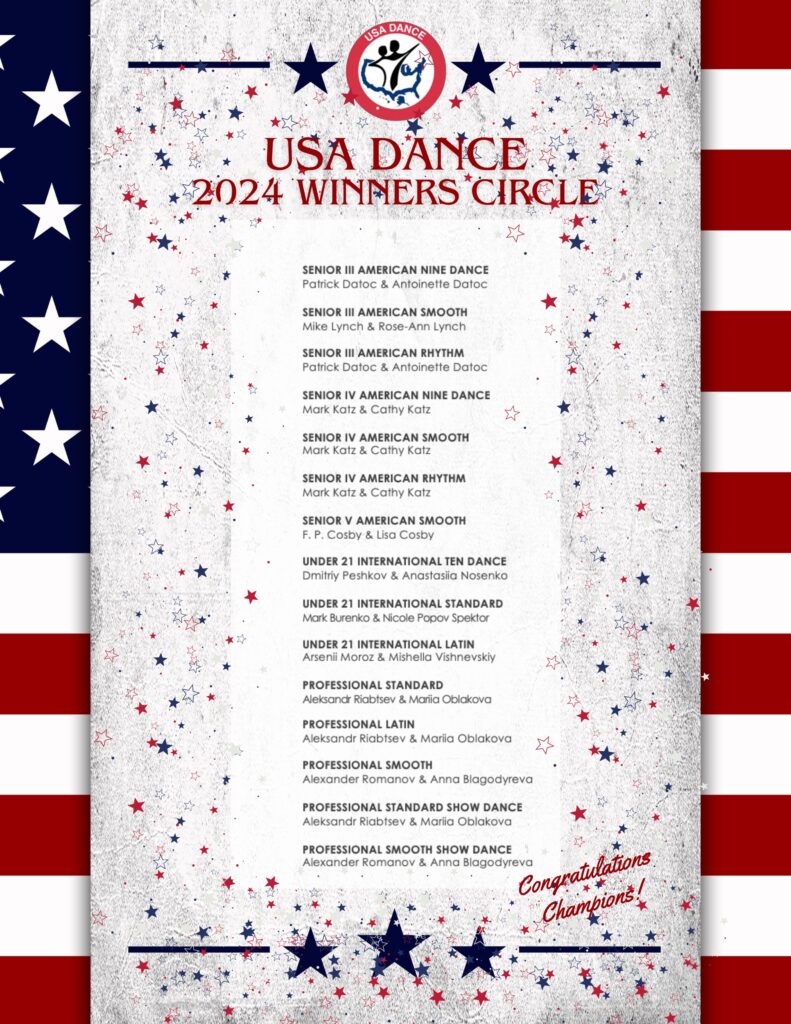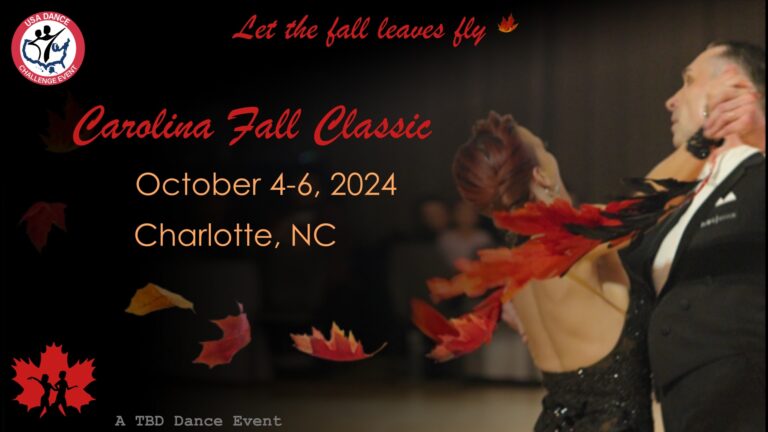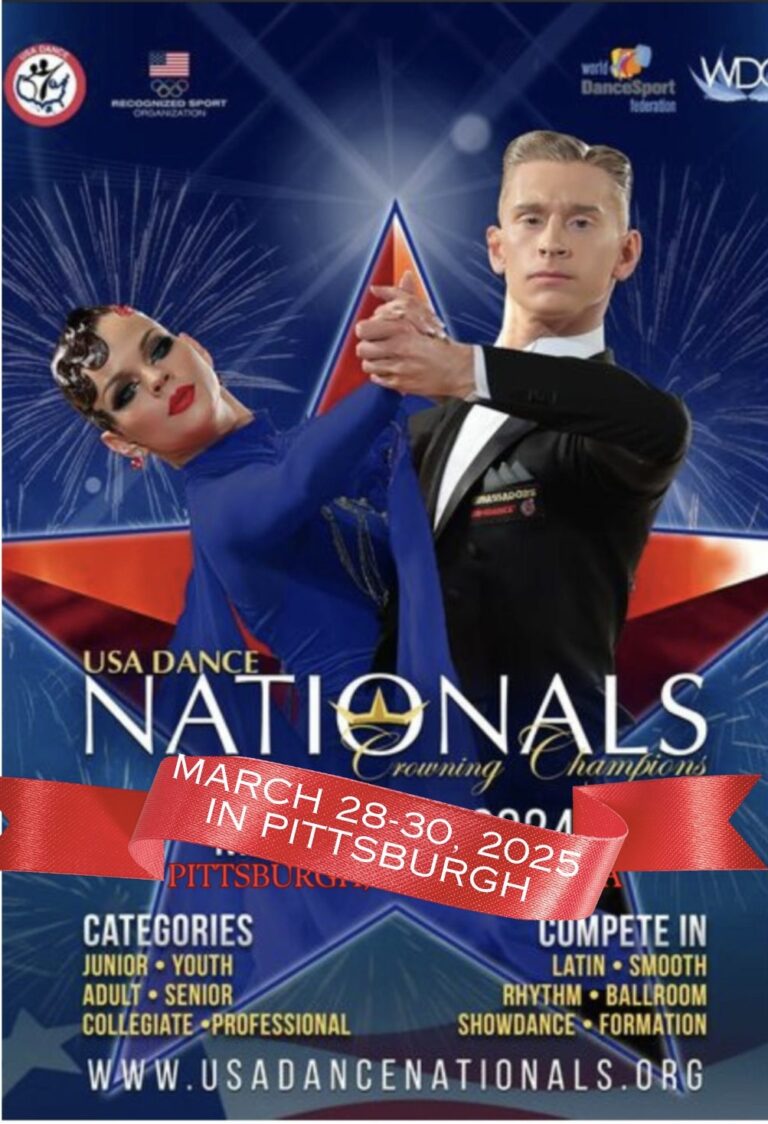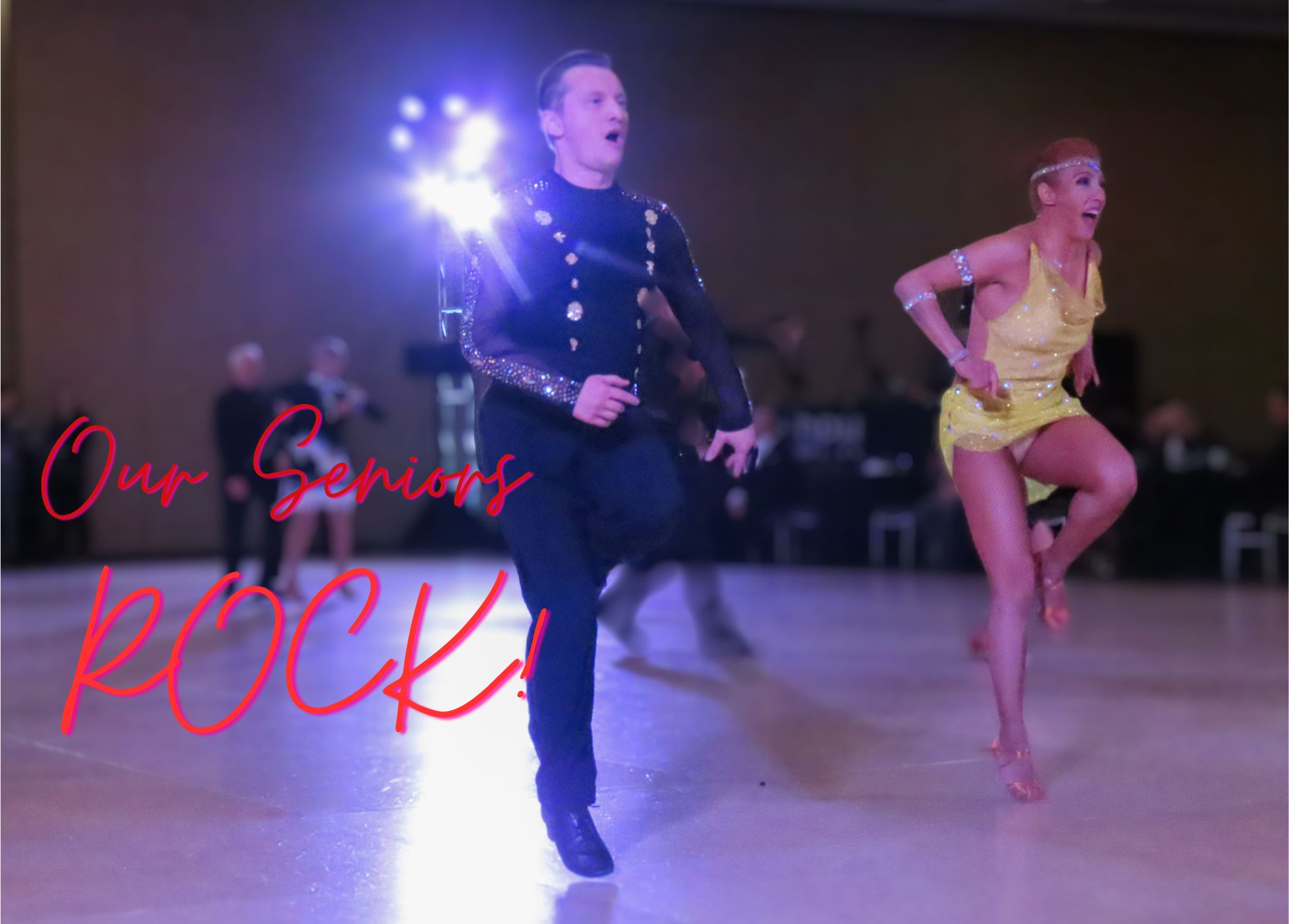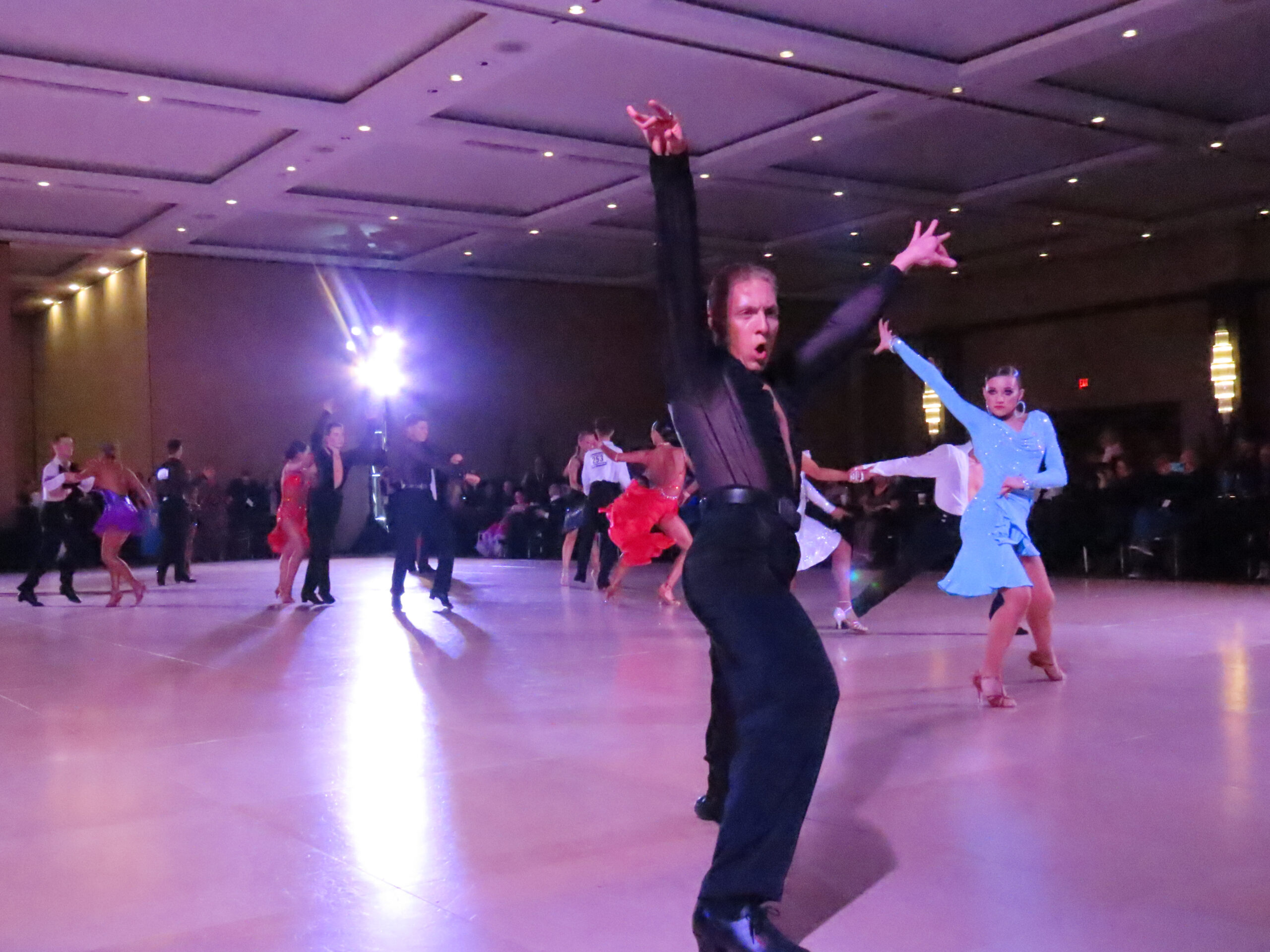I love partnering skills! What I’d like to talk about is two people dancing together. What a concept! — Two people dancing together and being aware of their own individual bodies, through their own axis and their “shared axis center.” Often, two people are trying to fit to each other’s bodies, instead of dancing toward their shared axis.
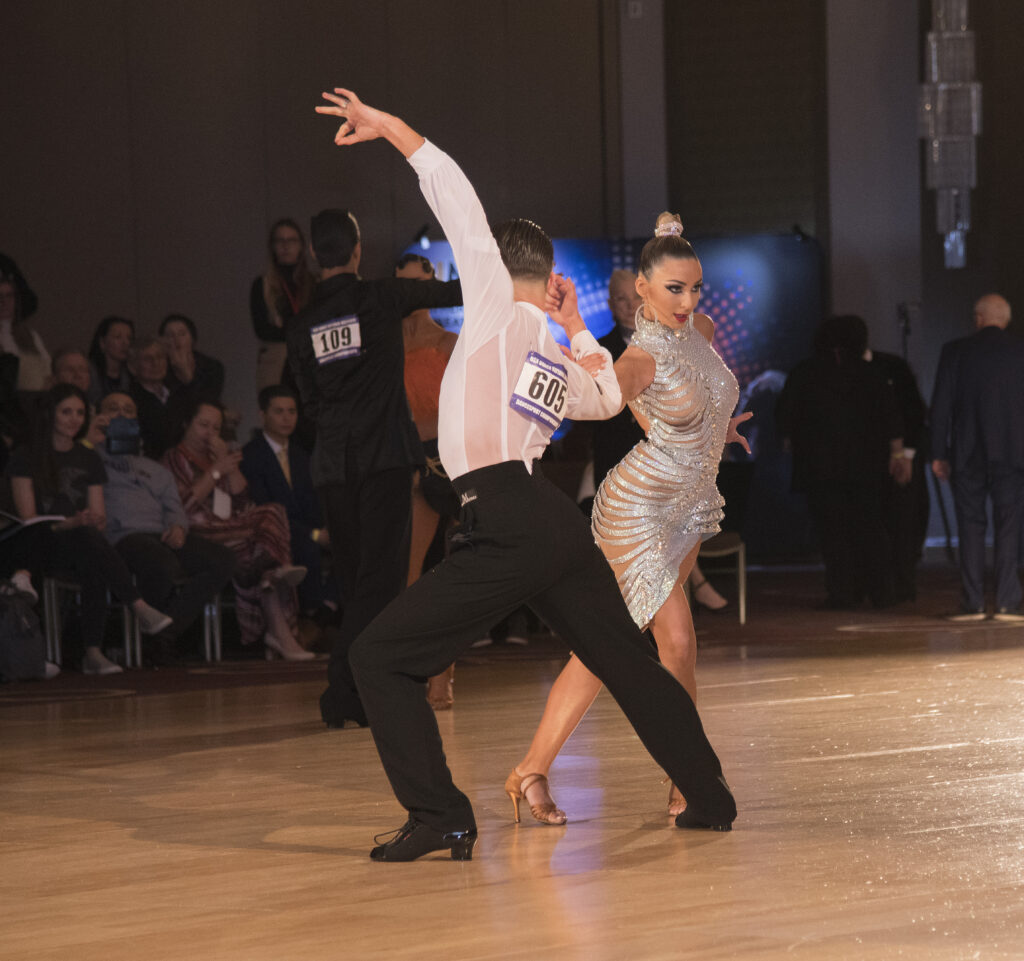
This is a method that I truly believe in and with which I have had great results. It works and it’s a game changer!! In dancing, we have partnering skills, we have musicality, we have all the other pieces of the pie. This is one piece, but it is a very fundamental piece that is often under-utilized. This is not done intentionally, but everyone is working on so many other things — all of which are important — that they forget their fundamentals. And no matter what you are concentrating on, the dancing won’t work unless you have this fundamental in place.
Let’s start with the spine. The spine is the vertical axis of the body. So, what do you do around an axis? You rotate. We do it every day in our daily lives. It might be a minute amount of rotation or a huge amount. When we rotate around our spines, we produce torque and twist in our bodies. Dancers, Social and Competitive, benefit from practicing how to walk in a torqued position, with a twist in their bodies. Of course, this must be a good twist with everything in alignment. That is key!


A good individual drill to try is to stand up against a wall or mirror, turn your toes to the right, turn your head to the right, stretch your arms out, but keep your whole topline to the mirror of the wall. Then walk to the right and then to the left, so that you feel how you are walking across yourself. This is just by yourself against a wall or a mirror, so you can actually feel the rotation in your own body. Then you should try it backwards in the same positions, again along the mirror or wall. It is important to feel that you are retaining the whole upper body flat against the wall. This will be very different from what many dancers do, and it applies to all dance disciplines and levels of partner dancing. Of course, there will be slight adjustments for each discipline, but this is a basic and fundamental element.
Once we have explored this concept by ourselves, we can expand it to walking toward and passing the partner in the torqued position, both forward and backward. After you have done this, then walk forward and backward with your partner. This will allow you to start sensing that there is another body there. In ballroom, it is not just an individual with the wall or mirror, we have two people dancing together.
For this article, we will refer to positions in International Standard, but I can’t stress enough that this is true for all dance disciplines and positions, whether or not you are facing each other.
There are different shared axis centers during the different body positions: Shadow, Counter-Promenade, Tandem, etc. First, let’s focus specifically when the two partners are facing each other. A couple must consider that they are dealing with four tracks of weight: the lead’s two feet and legs and the follower’s two feet and legs. So, what is the focus? It is not the lead’s spine, and it is not the follower’s spine. There is a shared spine or axis. This is very exciting! The couple greatly benefits from shaping toward that shared axis. But, they must first establish where that is. Many people think the topline is established through the shoulders, so the center must be at the shoulder. That might be part of it, but it is definitely not the complete answer. The center comes from the shoulders, ribs, hips, femurs, knees, shins, ankles, and feet. It is the whole right side of each partner.
Let’s back up for a moment. Initially, when a couple takes their first lessons in Social Dancing, a teacher will tell them that the right foot stays between the partner’s feet and the left stays on the outside. That is a very basic way of starting a shared axis – it is the beginning. As the couple improves, wants to dance their best, and find their joy, they need more tools. With the help of a good professional, they will learn to find and hone in on that shared axis and shape toward it. This will make every step different.


So, we have the lead’s right side and follower’s right side. Let’s find that axis and practice using it. A good exercise is to place the lead’s right hand on the follower’s back (under the armpit and shaped around the lat) in a proper topline position. The follower’s right arm is then extended with the forearm straight forward over the lead’s right shoulder with the hand beyond it. The follower’s left arm is stretched and then bent behind their head, with the thumb near the occipital bone – the indentation at the base of the skull. The follower should stretch up into their own left arm. This allows the follower to establish a point of contact with the leader, while stretching away from their own spine and keeping a long neck. The leads left arm goes to the follower’s right shoulder, with a slight compression with both arms toward the follower’s spine. Both right sides should be slightly offset but touching. That is the shared spine or the shared axis center.
When we shape and walk with a shared axis center, we feel each other’s weight shifting. We should feel the dynamics, power, and strength of the partner’s movements – fast, slow, softly to the floor, stabbing to the floor, caressing the floor, etc. This is a message to the other person. Instead of saying, “Can you hear me now?” We, as a couple, want to convey, “I can hear you. I know where you are. I’ve got you and you’ve got me. We’re a team.”
So now that we are in in the right position, we can just walk forward and backward. I recommend everyone do this as a premier warm-up drill, just like the prima ballerina practices her plies and releves before she performs. Walk forward with both partners keeping the shape toward the shared axis and up. Don’t break your sides. Shoulder blades are down, and lats should be engaged. Try it forward, backwards, and in Promenade. It is not an easy thing to do correctly at first. It will take practice. Often one side or the other – in the leader and/or the follower — breaks. We don’t want that; both sides must be lifted.
Does it feel stiff? Be aware: That shape is not fixed. It is not tight. It stretches constantly and readjusts. Nothing is fixed except the center itself. In a dance position, there are many points of contact, including the hands and the man’s right arm, but the shapes remain to the shared axis.
Let’s go to Promenade. When I started dancing years ago, I was told that Promenade was in a V-shape. However, if you make that V-shape, the follower’s left shoulder and the lead’s right shoulder become badly distorted. The line (established on the wall or mirror, we spoke about earlier) is broken. You are out of alignment.
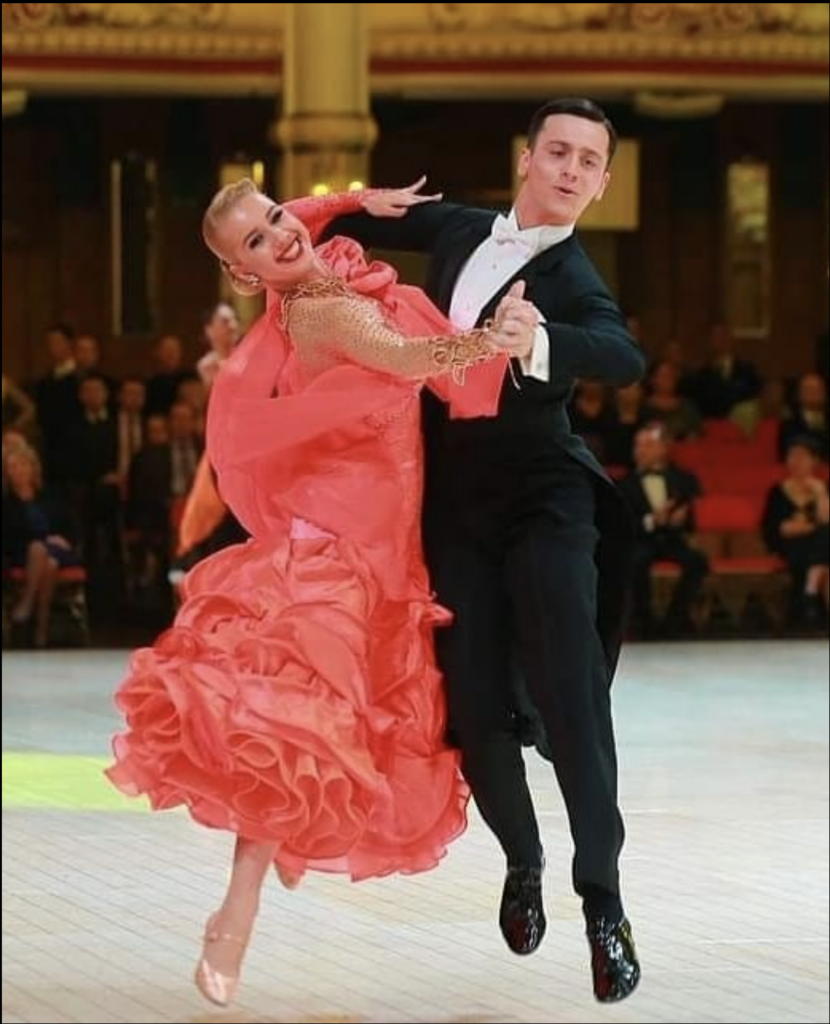

So, how do we go to Promenade and maintain the shared axis center? The lead still needs to turn the follower’s feet and bones, but the follower’s upper body stays to the shared axis center as much as possible. This is where a lot of couples break down. However, if you are aware, focused on the shared axis center, and practice, the issue can be alleviated. In Promenade, there will naturally be a slight rotation of the follower’s right side and the lead’s left. But there is no overturning off the axis. Of course, Promenade is a slightly different position than the closed position, but there is no crazy V-shape that contorts the bodies.
This will open all types of avenues in the competitive couple. This also changes the dynamics of the couple’s practice. It’s real easy to point your finger and blame your partner. Now, you can look at each other and analyze the situation. Instead of doing that blame game, you each might consider: Am I shaping enough to that shared axis? How can I help our couple? How can I help my partner? Remember: If one partner doesn’t have it, the other doesn’t have it either.
Just because you are competing doesn’t mean there is no fun. Competing is still an opportunity to express yourself to the music – dance is storytelling. Competitors will find, and everyone will find, a lot more ease of movement and joy will return to the dancing. This concept will also greatly benefit the social couple. Everything is connected the way it should be, and it is easier to move. You have a constant point. There are always outside factors that affect your dancing – how did you sleep, what did you eat, did you have your vitamins, the list goes on. Don’t let the shared axis center be your issue. No matter what level you are at, this shared axis needs to be addressed, understood, and practiced.
I do have a lot more to say on this subject and will have some follow-on articles. Unfortunately, I see a lot of young dancers out of alignment, and I wonder, “How will they walk in ten years?” It gets me nervous. Hopefully, we can all dance and live to a ripe old age and still be dancing…and in alignment. That would be a great thing!
Note: I would like to thank Bonnie Diaz for being the person who truly made me understand this.



